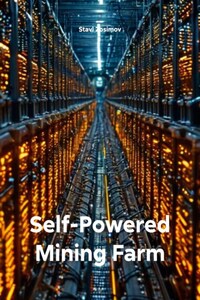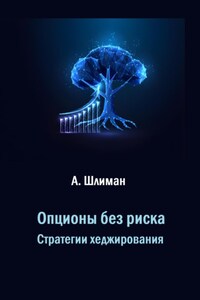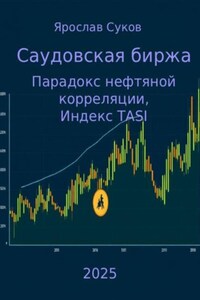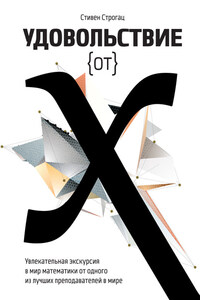CHAPTER 1
A mining farm "grows" cryptocurrency using a large number of computers that work together as a single "farm." The process works as follows: a person (the miner) uses the farm to connect to a global digital database that records all cryptocurrency transactions (the blockchain). The farm's task is to use mathematical calculations to find a new code that does not yet exist, thereby confirming and securing the transaction (i.e., transferring cryptocurrency from one farm owner to another and preventing anyone from tampering with or altering the transaction).
In return, the user of the mining farm receives a reward in the form of cryptocurrency. A mining farm operates around the clock and automatically, converting electricity and computing into digital income.
In this article, we will present the idea of a mining farm that does not rely on the public electricity grid, but instead generates its own energy and uses it to mine cryptocurrency using standard technology. This approach makes it possible to establish mining farms in the Russian Federation. This is because there is no harm in consuming electricity from the public grid.
The key to success lies in the use of a self-powered hybrid electric machine, which I have developed. You can learn more about its features by following the link: https://drive.google.com/file/d/1Bsa1avWLVzo4CGO7OMv-EUdiexjkk362/view?usp=sharing
If you have trouble following the link and viewing the illustrated version, the following is a description of this self-powered hybrid electric machine.
SELF-POWERED HYBRID ELECTRIC MACHINE
1. Can an electric motor and a generator power each other?
On a common shaft, as shown in the video linked below: [1]
That's not true, because the 20-30% current loss, which is spent on the loss resistance, [2] simply slows down the engine, which doesn't receive enough current, and the generator, in turn, produces less electricity due to the gradual weakening of the common shaft with a constant diameter. This is an axiom that has prevented research in this field from being considered by the scientific community for many years. However, with the advent of the internet, things are starting to change.
For example, let's take a simple electric motor, or as it is correctly called, an electric machine. An electric motor is an electrical machine that converts electrical energy into mechanical energy. Most electric motors work by interacting between the motor's magnetic field and the electric current in the wire winding to create a force in the form of torque <477.> applied to the motor's shaft. [3]
In our case, we will consider a parallel disturbance electric motor or a DC electric motor. [4]
We will use magnets or a simple dynamo machine to excite the pole coils. [5]
To start a self-powered hybrid electric machine, we will use a car starter with a power battery. [6]
If the situation is critical and there is no starter or the battery is dead, we will use a manual starter with a spring motor. [7]
Alternatively, we can use a manual starter from a walk-behind tractor. [8]
As an example, we will use a simple electric generator. An electric generator is a device that converts non-electrical energy (mechanical, chemical, or thermal) into electrical energy. We will consider an electric generator with a mechanical principle of operation, i.e., a generating electric machine. [9]
Both of these electric machines have a similar structure of coil arrangement in a passive stator and a rotor shaft moving at an angular velocity.
The only difference is in the direction of the electric current flow and the configuration of the rotor. [10]


















